Quantum Tornado Makes Black Hole Simulation History
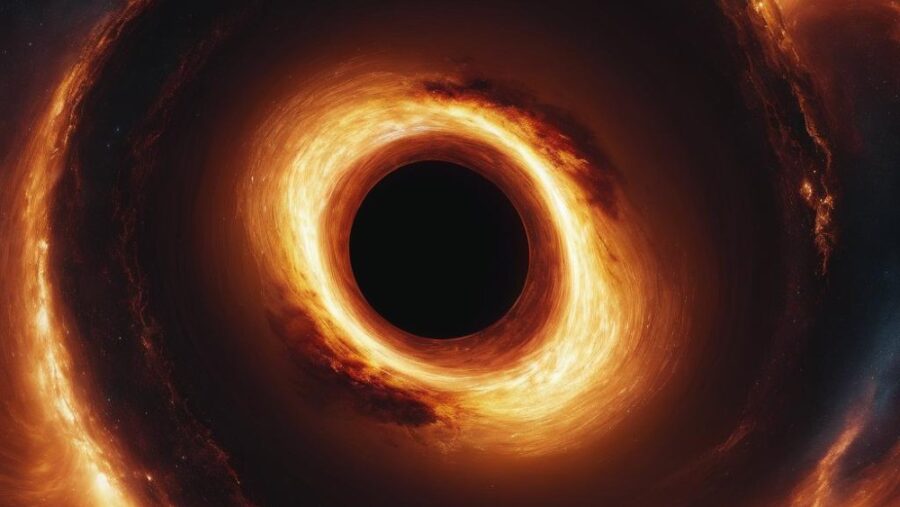
The recent creation of a quantum tornado in superfluid helium could lead to important advancements in astrophysics. Most notably, it presents a unique opportunity to uncover mysteries surrounding black holes.
Quantum Tornado Mimics Black Holes
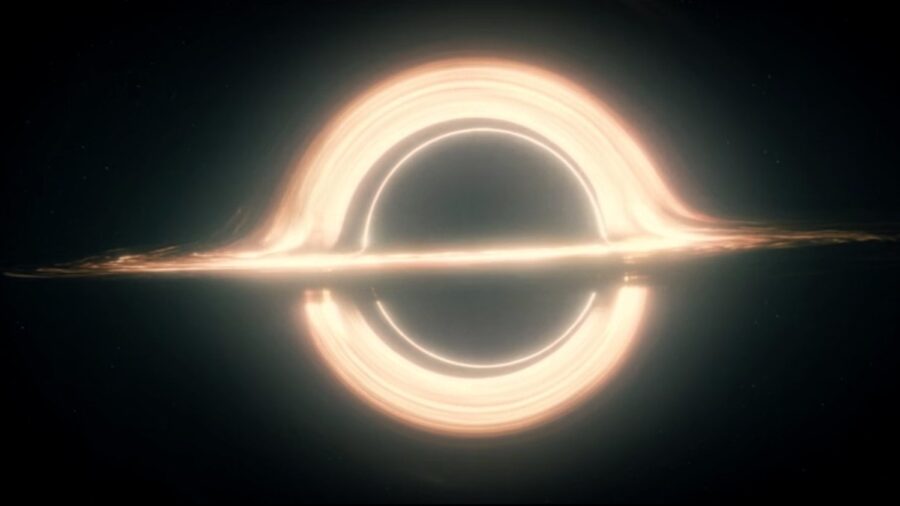
The quantum tornado represents an exciting culmination of efforts to mimic the remarkable nature of black holes.
This paradigm shift in our understanding of black holes was made possible by a team of physicists led by Patrik Švančara at the University of Nottingham. Using superfluid helium, they managed to generate a controlled vortex that mirrors the gravitational environment of a black hole.
The quantum tornado, as it’s now famously known, enables us to examine tiny surface waves with a level of precision previously unattainable.
Black Holes Are Elusive
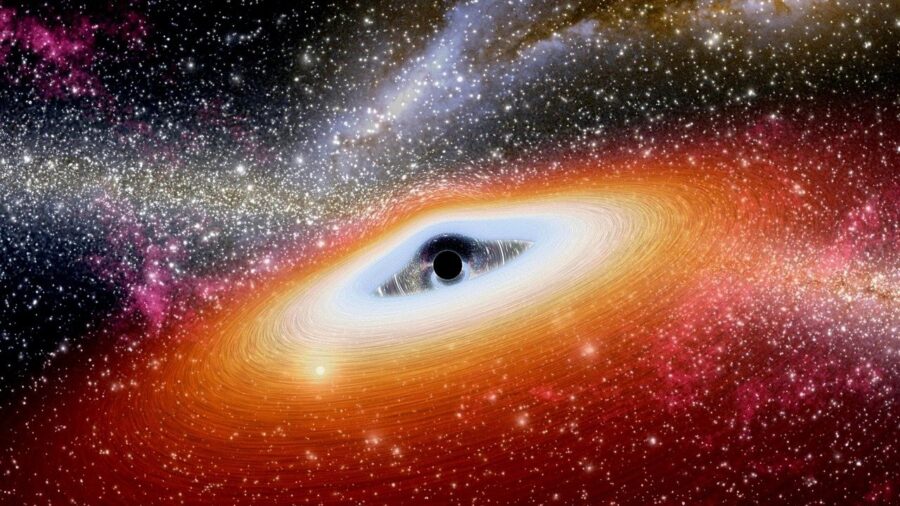
Our understanding of black holes is hindered by their elusive nature. They’re the most extreme objects in the universe, yet their secretive behavior makes them difficult to study directly.
What we do know about black holes is that they are incredibly dense cosmic phenomena with a gravitational pull so intense that nothing — even light — can escape from them. Born from the remnants of massive stars post gravitational collapse, black holes possess a singular point of infinite density and zero volume, known as a singularity, at their core.
The area surrounding this singularity, the event horizon, marks the point of no return for any object unlucky enough to be caught in its gravitational pull.
Extreme Bending Of Spacetime
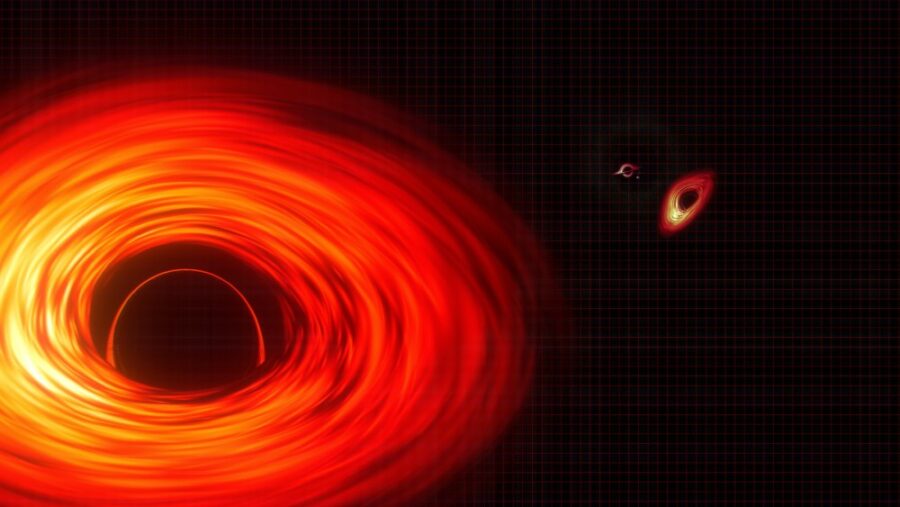
This intense gravitational force forms a swirling vortex of energy and matter, a phenomenon often described as a quantum tornado.
This quantum tornado is caused by the extreme bending of spacetime caused by the black hole’s substantial gravity. Observation of black holes has been primarily indirect, noted through their impact on nearby celestial bodies, light distortion, and the gravitational waves generated by their merges.
Bridging The Gap

Quantum tornadoes have bridged the gap between theory and observation. Becoming a black hole analog, the quantum tornado recreates the whirlpool-like activity that occurs around black holes, offering scientists an experimental proxy for these cosmic phenomena.
The creation of the quantum tornado involves cooling helium to just above absolute zero, where it attains the properties of a superfluid. This state is characterized by zero viscosity, which makes it the perfect medium for generating a quantum tornado.
The team simultaneously confined tens of thousands of quantum vortices found in superfluid helium, resulting in an incredibly powerful vortex flow, thus creating a quantum tornado.
Understanding Black Hole Physics
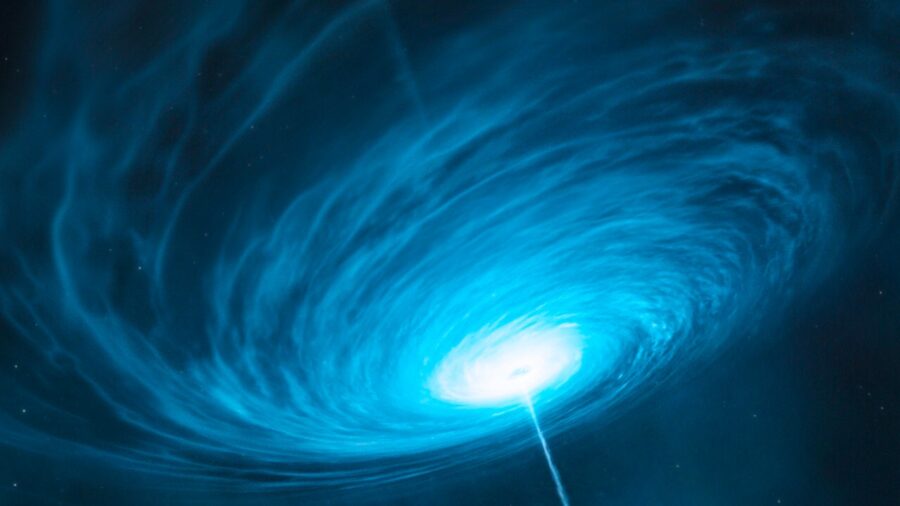
The quantum tornado’s value resides in its ability to mimic the effects of a spinning black hole on curved space-time. This means that by studying the quantum tornado, researchers can gain unique insights into the behaviour of black holes.
For example, they’ve observed standing waves analogous to black hole bound states, and excitations similar to the ringdown of a newly formed black hole. These findings illuminate an increasingly tangible understanding of black hole physics.
Predicting Quantum Fields
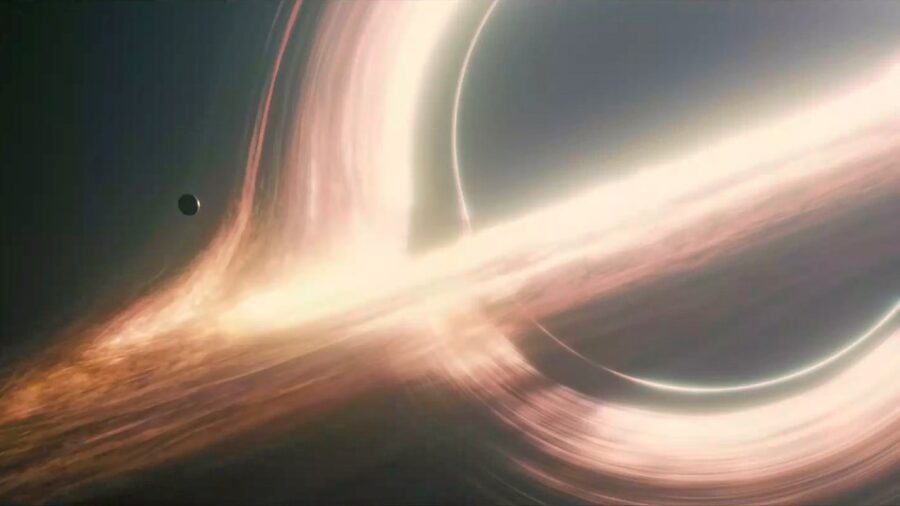
The development of the quantum tornado has opened a new chapter in the quest to understand black holes.
Although it started as an experimental endeavor, the quantum tornado has provided researchers with a hands-on laboratory environment to validate theoretical predictions about black holes.
This innovation could eventually lead us to predict how quantum fields behave in curved spacetimes around astrophysical black holes.
While the journey to fully understanding black holes may still be a long one, the quantum tornado serves as a beacon, indicating that we’re on the right path. It underscores the power of human curiosity and the limitless possibilities that exist in the realm of quantum physics.












